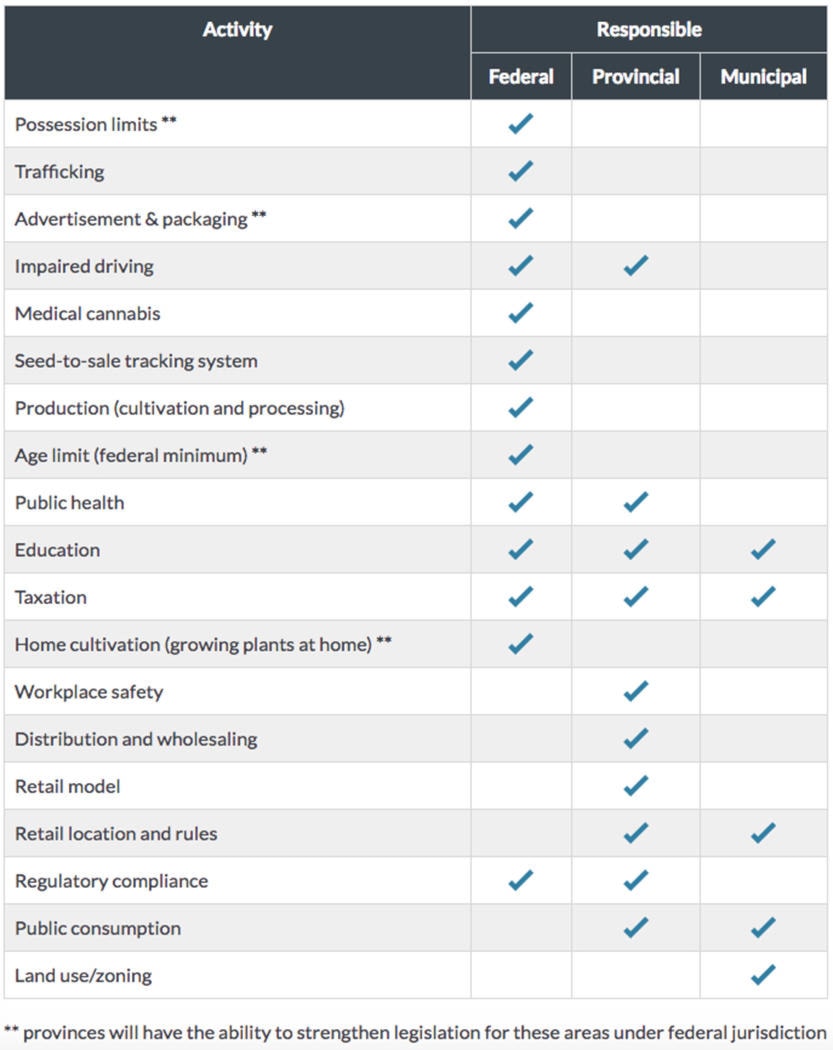Proving a motorist is an impaired driver from marijuana use is difficult to demonstrate in a courtroom.
With the federal government pushing to legalize marijuana by July 2018, provinces are faced with the legal checks and balances of a controlled substance, explained Lacombe-Ponoka MLA Ron Orr.
He said for lawmakers the challenge is in determining if a person is indeed impaired, and that will involve money and training. “It’s going to cost a lot to get officers trained,” said Orr.
Confirming if someone is impaired from marijuana poses some legal ramifications because proving that in a court of law will be difficult. Orr pointed out that a blood test is most-likely going to pick up traces of marijuana from a few weeks ago. “With alcohol you can blow into a breathalyzer and you’re either over or under.”
Federal legislation is changing to help in the determination of an impaired driver from marijuana but it’s still unclear how well tests work, although the legislation does allow for police to require a blood test.
For municipalities it’s another challenge but Orr said there’s not much they can do until the provinces lay out legislation on the issue.
On top of the legal challenges, is the taxation of cannabis. Ottawa’s proposal suggests a $1 tax per gram or 10 per cent, whichever is higher, and that tax is then split with the federal government and provinces.
Read more on provincial and federal responsibilities regarding cannabis legislation.
Orr called the tax proposal as one coming from a bully. With much of the legislation falling on provinces, he feels more of the tax revenue should come to them. Orr suggests the tax may keep cannabis in the black market, something that legislators want to avoid.
On top of the marijuana tax would be provincial taxes such as GST and PSTs.
“If you want to keep it out of the black market you’ve got to keep taxes down,” said Orr.
Laying out responsibilities for the three levels of government — federal, provincial and municipal — shows that the regulation portion falls on the federal side with possession limits, advertising and packaging limits, age limits and production and tracking being mandated by Ottawa.
Provincially the rules are set by legislating impaired driving, education and public health as well as workplace safety and a distribution and retail model. Municipalities are responsible for education, retail location rules, public consuming and land-use zoning.
Through public input the Government of Alberta determined four priorities on its legislation: keeping marijuana out of the hands of children and youth, protecting public health, promoting safety on roads, in workplaces and in public spaces and limiting the illegal market for cannabis.
Orr said determining workplace safety is something businesses are also struggling with. He said one workaround to that is for companies to set their own terms and conditions regarding a safe work environment.
